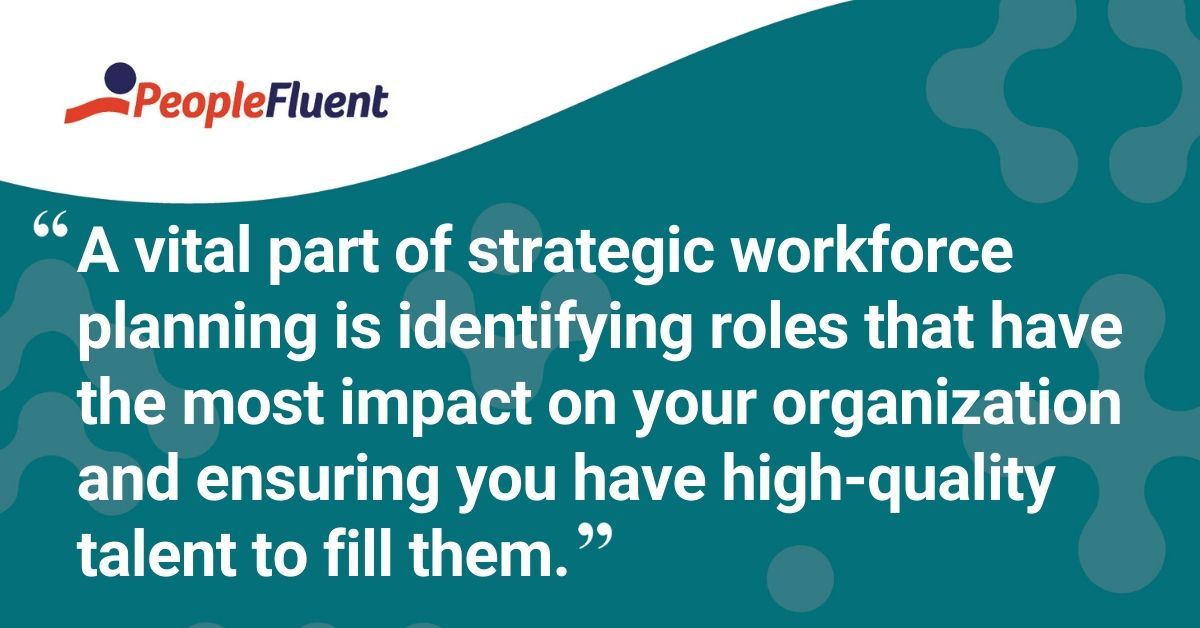Published: Jul 24, 2018Time to read: 4mins Category: Org Charting
Visualizing Analytics: The Answer to Workforce Planning
Table of Contents
In modern organizations, the hierarchal manager/employee relationship is no longer the sole focus of workforce planning. Instead, what’s been dubbed “the war room of HR” must account for a variety of matrixed teams and indirect reporting relationships. To plan for and around these relationships, first you must understand them. And spreadsheets with rows and columns of workforce data don’t help.
In modern organizations, the hierarchal manager/employee relationship is no longer the sole focus of workforce planning. Instead, what’s been dubbed “the war room of HR”must account for a variety of matrixed teams and indirect reporting relationships.
To plan for and around these relationships, first you must understand them. And spreadsheets with rows and columns of workforce data don’t help.
Dynamically visualizing your workforce analytics—seeing it in ways that a spreadsheet can’t show—is the answer to successful workforce planning.
The Strategic Value of Dynamic Data Visualization
Viewing workforce numbers and relationships without visualizing the workforce structure can prevent an organization from aligning—and staying aligned—with their strategy.
For profitable and sustainable growth, CEOs and senior leadership must know whether their talent, organization structure, costs, and objectives are aligned. Shifting demographics, dynamic priorities, and complex organizational models require an up-to-date view of the workforce, frequent analysis, and dynamic visualization to ensure alignment.
It starts with pulling and organizing data from multiple sources—including Enterprise Resource Planning (ERP), Human Resources Information Systems (HRIS), payroll, and applicant tracking systems (ATS). With the right tool, your HR team can feed this data into dynamic hierarchical and matrixed organizational charts that provide deep visibility into your organization.
And with that kind of visibility, your leaders will be better armed to take on two of the most critical workforce planning tasks: Succession planning and organizational restructuring.

Recommended for you: '4 Headcount Planning Strategies to Drive Success'
Succession Planning: Getting the Most out of Talent Grids
A vital part of strategic workforce planning is identifying roles that have the most impact on your organization and ensuring you have high-quality talent to fill them. When working through a succession planning process or trying to fill a vacated critical role, you need a quick view of your available talent.
The classic approach to talent assessment centers on what’s called a talent grid. Put simply, a talent grid is a tool for assessing employees based on their performance and potential for future contribution and growth. The grid allows executive leadership, managers, and HR to compare candidates—internal and external—across multiple criteria based on the role’s requirements.
In the classic McKinsey 9-box grid, there are 9 quadrants that identify a given employee on a range—from “risk” (low performance, low potential) to “star” (high performance, high potential).
Talent management experts have questioned the relevance of the standard 9-box grid, citing a lack of context (among other criticisms) and driving organizations to create new approaches to reviewing talent.
This is where rich, dynamic talent analytics really shines. Granted, it doesn’t eliminate all subjectivity from the process of assessing the strength of individuals. But by giving decision makers a clear view of comparable, objective information about an employee, their decisions will be better informed.

Keep reading: '6 Foundations for Effective Succession Planning'
Organizational Restructuring: Empowering Leaders with Reporting and Insights
At the department and company level, dynamic visualizations of your organizational structure can help anchor conversations and improve decisions related to re-orgs.
By enabling leaders to truly see things like position types, span of control, and compensation, you can:
- Gauge the budget impact of organizational change
- Manage the number of direct and indirect reports for affected managers
- Avoid creating critical skill gaps on new teams
- Position high-potential employees for growth and development
- Identify learning opportunities for new leaders.
Discover How Org Charting Helps You See Your Enterprise in New Ways
An organizational chart can be more than something to look at. It can tell you things. See and understand your workforce in real time and living color.